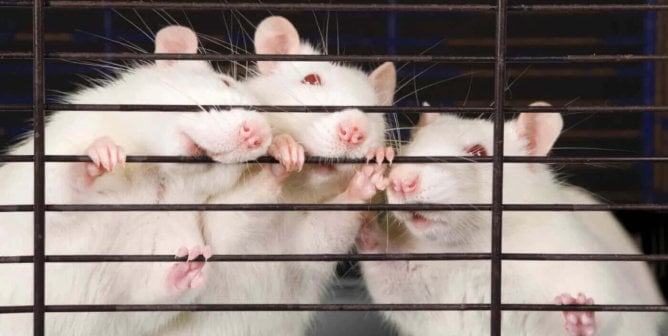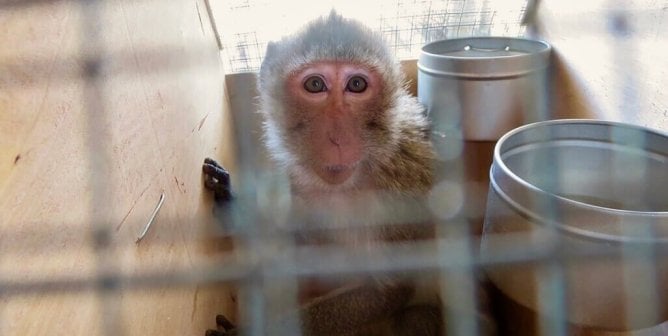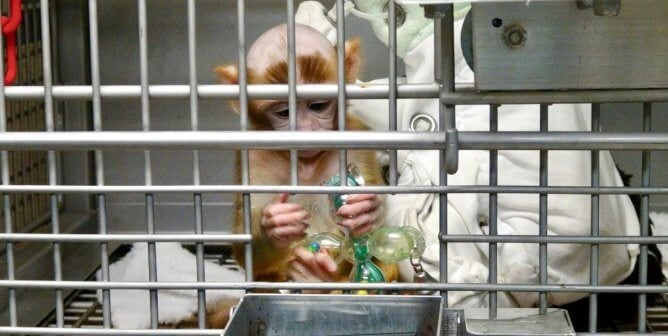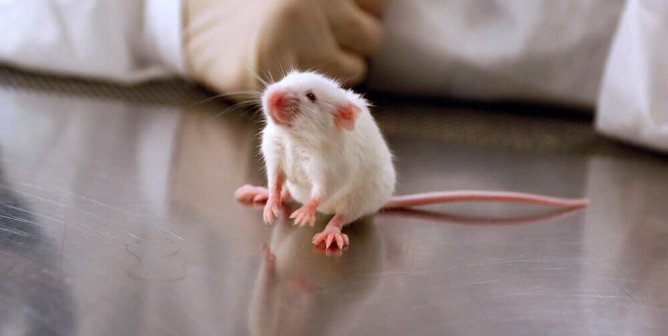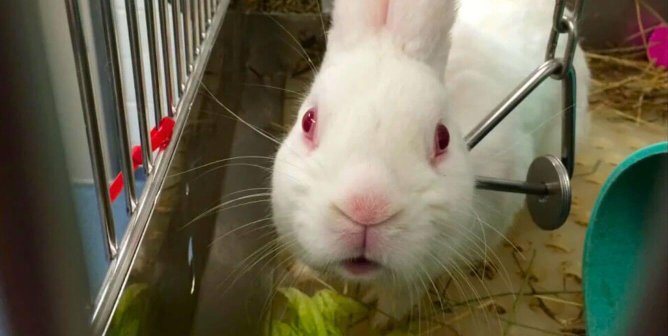PETA Shines a Light on Torturous Animal Experiments at James Madison University
What happens to animals in taxpayer-funded experiments at James Madison University? Discover what lies behind closed doors at the school.
Official Animal Welfare Concerns at James Madison University
James Madison University uses countless animals, including deer mice, shrews, snakes, rats, and mice, in experiments annually. Federal oversight agencies responsible for ensuring compliance with animal welfare standards have documented at least one violation at the school.
Like most entities that use animals in experiments, many universities in Virginia have publicly pledged their commitment to the principles of the “3Rs”: replacement of animal-based models by innovative technologies, reduction of the number of animals used in experiments, and refinement of scientific methods to minimize the animals’ pain and suffering. However, this university’s website lacks any such stated commitment to these basic, common welfare principles. According to annual reports by the U.S. Department of Agriculture, James Madison University rarely uses species covered by the federal Animal Welfare Act in experiments. By using mostly species that aren’t federally protected, the school has fewer violations than some other animal testing facilities in Virginia.
Examples of Experiments Involving Animals at James Madison University
Voluntary alcohol consumption and sleep deprivation in rats
Sprague-Dawley rats were subjected to six hours of sleep deprivation for five consecutive days by using “sleep deprivation systems” with a motorized rotating bar that swept the cage floor or “forced exercise wheels,” both of which caused the animals to move continuously or repeatedly awaken. They were also given a 7% alcohol solution and regular water throughout the experiment to see whether the stress caused by lack of sleep would lead them to drink more alcohol.
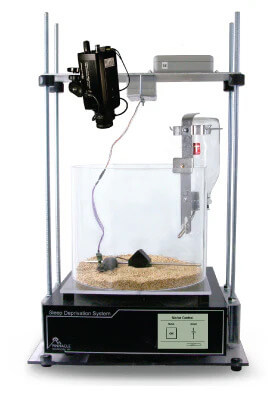
Hearing studies in old mice: The effect of pre-pulse inhibition on the acoustic startle response
Experimenters performed “a total of 165 individual trials” on each of six senior deer mice: The animals were confined to a tube and repeatedly blasted with a 110-decibel sound—the equivalent of a car horn or jackhammer—in order to measure their startle responses. The purported purpose of this experiment was “to determine if these ‘wild’ mice could hear toward the end of their lifespan.”
Reconsidering reproductive patterns in a model dissociated species, the red-sided garter snake: Sex-specific and seasonal changes in gonadal steroidogenic gene expression
Sixty wild-caught red-sided garter snakes were taken from their dens “during the peak of the spring breeding season,” then killed for tissue analysis within one, three, or five months of capture via an anesthetic overdose “followed by decapitation.”
Role of Interleukin 3 and Basophils in a Mouse Model of Cutaneous Leishmaniasis
Experimenters injected “infective stage parasites” into the ear skin of mice, then measured the inflammation and lesions caused by the resulting infections over the course of 10 weeks. The mice’s infected ears were cut off at varying stages of disease and separated by layers to create “infected ear sheets” in order to determine the parasite load.
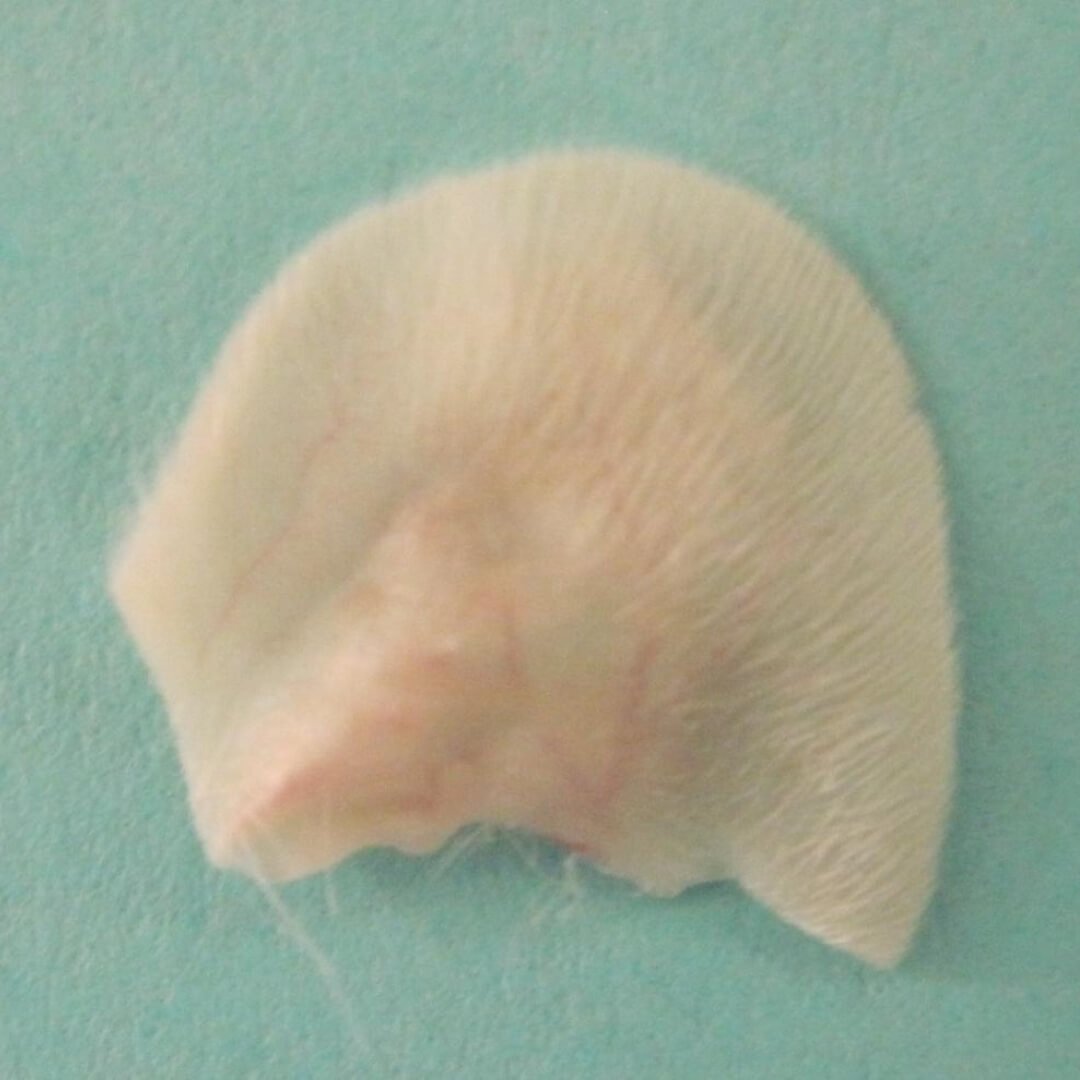
Public Funding for Experiments on Animals at James Madison University
In 2023, the Commonwealth of Virginia and its localities gave public universities more than $166 million for animal and non-animal research. Currently, no information is available indicating how much money is spent on animal experimentation alone in Virginia. The table below shows the total annual research funds received by James Madison University over the past nine years, including public funding.
| Fiscal Year | State/Local Govt. | Federal Govt. | All Sources |
| 2014 | $195,000 | $3,017,000 | $4,628,000 |
| 2015 | $20,000 | $2,418,000 | $3,712,000 |
| 2016 | $100,000 | $2,203,000 | $3,303,000 |
| 2017 | $203,000 | $2,273,000 | $3,248,000 |
| 2018 | $154,000 | $1,879,000 | $4,191,000 |
| 2019 | $59,000 | $2,727,000 | $8,726,000 |
| 2020 | $373,000 | $2,609,000 | $10,247,000 |
| 2021 | $349,000 | $2,379,000 | $14,687,000 |
| 2022 | $798,000 | $2,884,000 | $17,021,000 |
| 2023 | $925,000 | $3,475,000 | $21,265,000 |
Source: Higher Education Research and Development Survey, Table 83 for FY 2014, Table 82 for FY 2015, and Table 5 for FY 2016–2023

